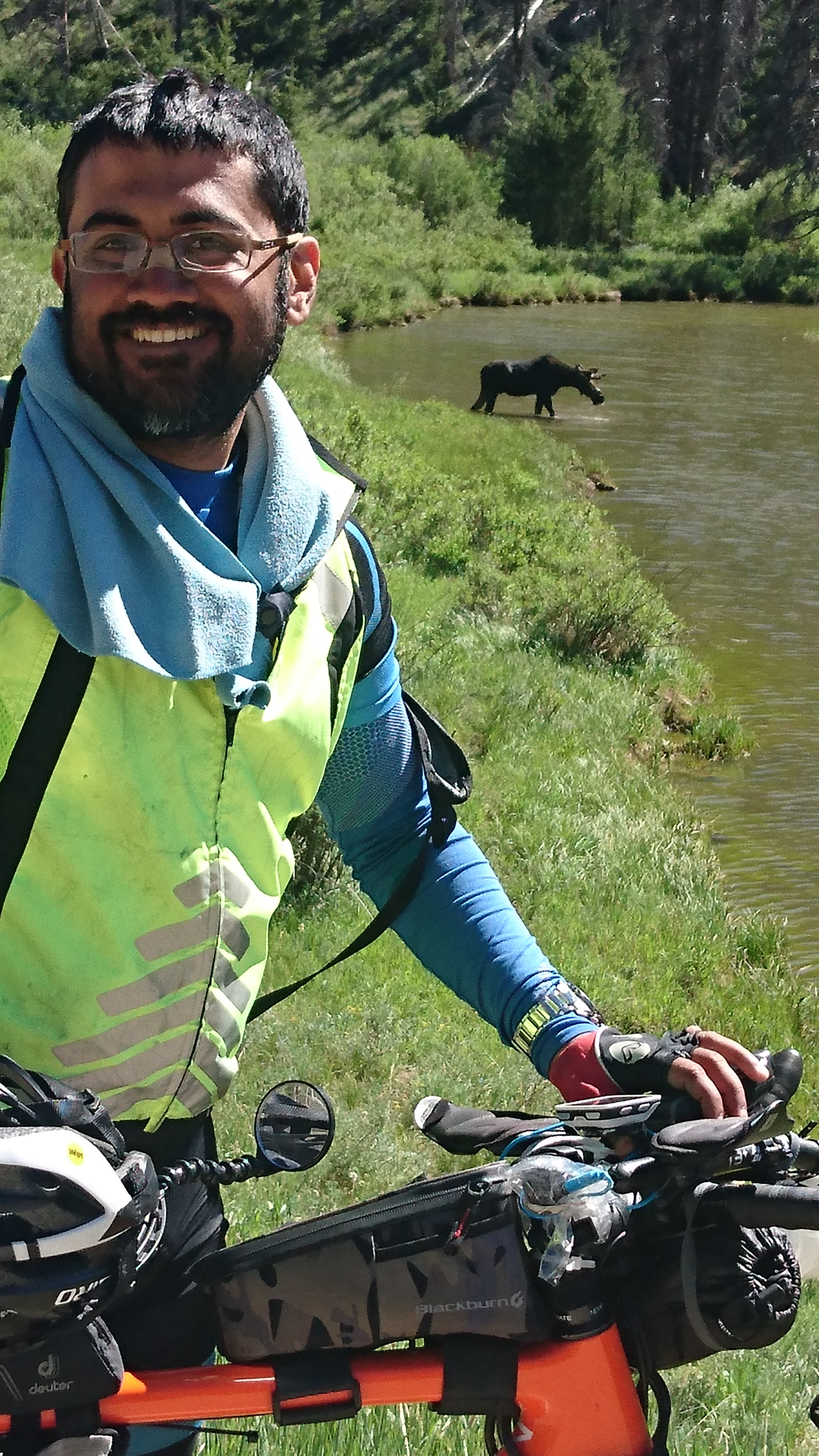Fixing a puncture, for absolute newbies
This is a topic that I'm sure many people have dealt with conclusively, and probably better than I could do it, so I acknowledge that I'm bringing nothing new to this topic. However, when my friend Abhilash mentioned to me that his bike had a punctured front tire and he neither had tools nor knew how to fix it, instead of simply redirecting him to another link, I wrote this on his facebook post, as a comment. Since I went to the trouble of detailing the steps, I thought I might as well put it down on this blog post, for future reference!
Tools needed:1. Multitool/Allen keys, for brake adjustments
- Tyre levers
- 15mm spanner / adjustable wrench
- Pair of gloves
- Puncture repair kit
- A tub/bucket of water.
Deflate tyre fully, remove bolts/quick release holding the wheel, and remove wheel. You may need to press down on the tyre, to get it through the brakes. Insert tyre levers and get tyre off the wheel, and get the tube out. Remove tyre completely and with a cloth, clean out the insides of the tyre. Don't use bare hands as there may be thorns/nails or sharp objects stuck in the tyre. Ensure that you check the tyre from both outside and inside carefully, for the cause of the puncture. If there's a sharp object that goes undetected, it will puncture the tube again, after you fix it. Inspect also the seam of the tyre, to see if the stitches have given way. If the seam is broken or there are multiple cracks/pits on the surface of the tyre, you should replace it at the earliest.Slightly inflate the tube and by immersing in a tub of water, identify the puncture spot. Remember that there may be more than one spot, so, check carefully. If after close examination, you are unable to spot a puncture, it might be possible that the valve is weak, or somebody pranked you, by releasing the air! Inspect the valve too, under water, to see if it bubbles. If you do detect a puncture, using the puncture repair kit is extremely simple; use the sand paper/abrasive to slightly thin the top layer of the tube, on and around the puncture; then, if the kit includes glue (some kits provide self adhesive patches), apply a thin layer of glue evenly on the newly sanded area. Applying a lot of glue is bad, as it can lead to air pockets between the patch and the tube. Press down a patch on it and apply pressure. Gently blow to assist drying. After five to seven minutes, test again in the tub, to confirm that the patch is holding. Once satisfied, do all earlier steps in reverse. Try to get the tyre back on the wheel without using tyre levers, as far as possible, and when you do use the lever, take care not to harm the inner tube. Ensure also that the tube doesn't get stuck between the tyre and the rim; this could lead to punctures called 'pinch flats'. Mount the wheel back, fastening the quick release/bolts and adjust brakes/brake pads if needed, using the multitool. Inflate the tyre to recommended pressures. This procedure is identical for all types of bicycles.

